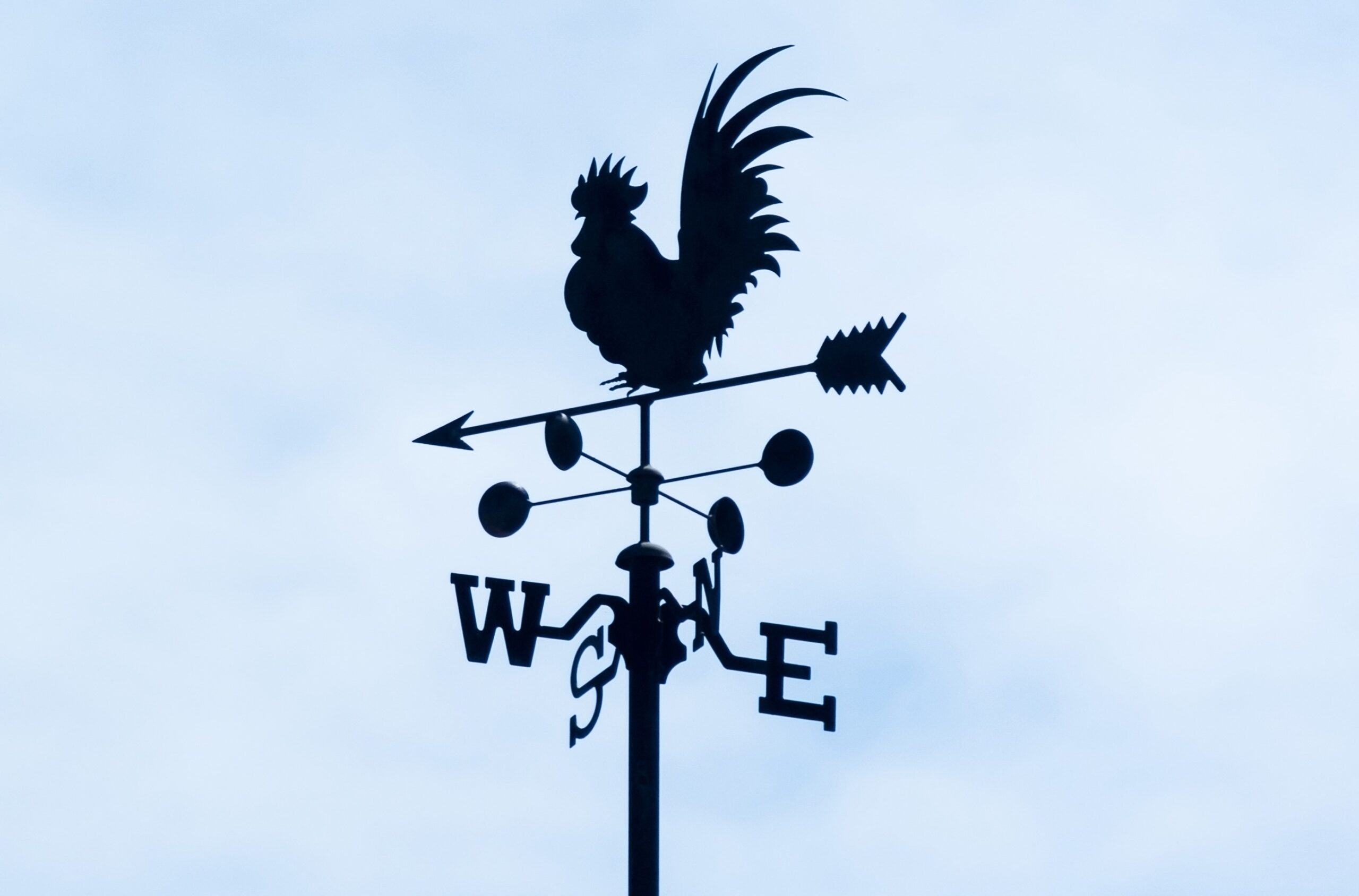The 2021 Atlantic hurricane season will officially begin on June 1. With the increase in extreme weather events and the COVID-19 health pandemic, it’s more important than ever to understand your risks and prepare for hurricane season. While the National Oceanic and Atmospheric Administration (NOAA) will not issue its initial seasonal outlook until May, climatologists can still offer a prediction for the upcoming season earlier in the year. The record-breaking 2020 hurricane season was brutal, will 2021 be the same?
What are the predictions?
Early hurricane predictions for the upcoming season typically come from two authoritative bodies, Colorado State University and Tropical Storm Risk (TSR), a consortium of tropical weather specialists based out of the University College London. These two groups meet at the end of each year to discuss their research and provide predictions for the upcoming season. In December, 2020 these two groups met virtually, due to COVID-19, to discuss their initial predictions for the 2021 season. Based on their individual research, both groups agreed that the upcoming season will likely be an above average season, although not as active as the 2020 season.
In a study conducted by Dr. Phil Klotzbach of Colorado State University, his research team determined that there is about a 60% chance of 2021 being another active season. Dr. Klotzbach’s research also found that there is a 68% probability of one or more category 1-2 hurricanes and a 52% probability of one or more category 3-5 hurricanes landfalling along the US coastline. TSR’s research also predicts that North Atlantic hurricane activity in 2021 will be above the long-term normal, but not as intense as the previous season.
What is the long-term normal for an Atlantic hurricane season? As determined by NOAA, from 1991-2020, the average hurricane season produced 14 named storms, of which an average of 7 developed into hurricanes and 3 became major hurricanes. Last year, 2020, was an extremely busy season with 30 named tropical storms of which 13 developed into hurricanes and 12 made landfall on the US coastline.
What factors affect these predictions?
While climatologists can’t forecast the exact number of tropical storms or hurricanes this early in the year, they are able to examine the slow-motion drivers that promote or reduce hurricane activity. The two main factors that determine how active the next season will be are the status of El Niño Southern Oscillation (ENSO) and changes in water temperatures in the northern Atlantic, the Atlantic Multidecadal Oscillation (AMO). These two factors are both related to water, but weather also plays a role in hurricane activity in the Atlantic. Weather patterns are more short-term and will be evaluated as early as April.
El Niño Southern Oscillation (ENSO)
Occurring every three to five years, El Niño Southern Oscillation (ENSO) is an ocean-atmosphere phenomenon that causes an increase in sea surface temperature. La Niña is the colder complement to El Niño that causes the tropical Pacific Ocean to turn colder than normal. A La Niña cycle has caused water temperatures to cool in the Pacific since last summer. A colder tropical Pacific Ocean can influence the entire tropical wind flow and storm steering currents. During La Niña cycles, there is an increase in low-level winds blowing from East to West in the Atlantic. This wind flow scenario promotes the development of Atlantic hurricane activity and pushes the hurricanes toward the United States. The good news is that recent analysis from NOAA suggests that the current La Niña cycle will end this Spring, before the start of hurricane season on June 1.
With no expected El Niño or La Niña cycle this summer, the expected number of Atlantic hurricanes could decrease. Yet, it is important to note that the El Niño ocean-atmosphere pattern is very hard to predict and is only one factor in determining hurricane activity.
Atlantic Multidecadal Oscillation (AMO)
The Atlantic Multidecadal Oscillation (AMO), a climate cycle affecting sea surface temperature, has caused water temperatures in the Atlantic to be naturally above average for the last 25 years. This is crucial to hurricane development in the Atlantic because an enhanced AMO cycle slows down the Bermuda High, the semi-permanent, subtropical area of high pressure in the North Atlantic Ocean located between Bermuda and the Azores during hurricane season. The Bermuda High is largely responsible for pushing tropical waves, storms and hurricanes west away from Africa and toward the Caribbean and United States. If the Bermuda High is rotating slowly, the tropical systems have more time to develop and intensify.
Currently AMO is projected to be at its peak of the average 60-year cycle. As the last five hurricane seasons have been unusually active, higher than normal water temperatures due to AMO is predicted again for 2021. However, AMO can be unpredictable and it’s possible for a year or two to not follow the warm sea surface temperature trend even at the height of the AMO cycle.
What can I do to prepare?
Here are a few actions you can take now to prepare for the upcoming hurricane season:
- Ensure your home and cars are stocked with emergency Items include emergency food, water, and medicine supplies.
- Create your family disaster plan. Factor in any health or medical concerns, especially for older members of your family and don’t forget to make a plan for your pets as well.
- Print or save electronic copies of important documents including emergency phone numbers and insurance information.
- Create a financial preparedness plan. Understand what is covered in your current homeowners’ policy and add additional coverage (such as flood insurance) if needed. Add to a savings account to cover the potential short and long-term expenses and any deductibles. Consider parametric insurance as a useful building block for your hurricane preparedness plan. With Parachute Insurance, you will receive emergency cash within hours after a hurricane hit.
For those living in hurricane-prone areas, it’s never too early to prepare. While it is impossible to say with certainty how active the hurricane season will be this year, 2020 taught us to prepare for the unexpected.


